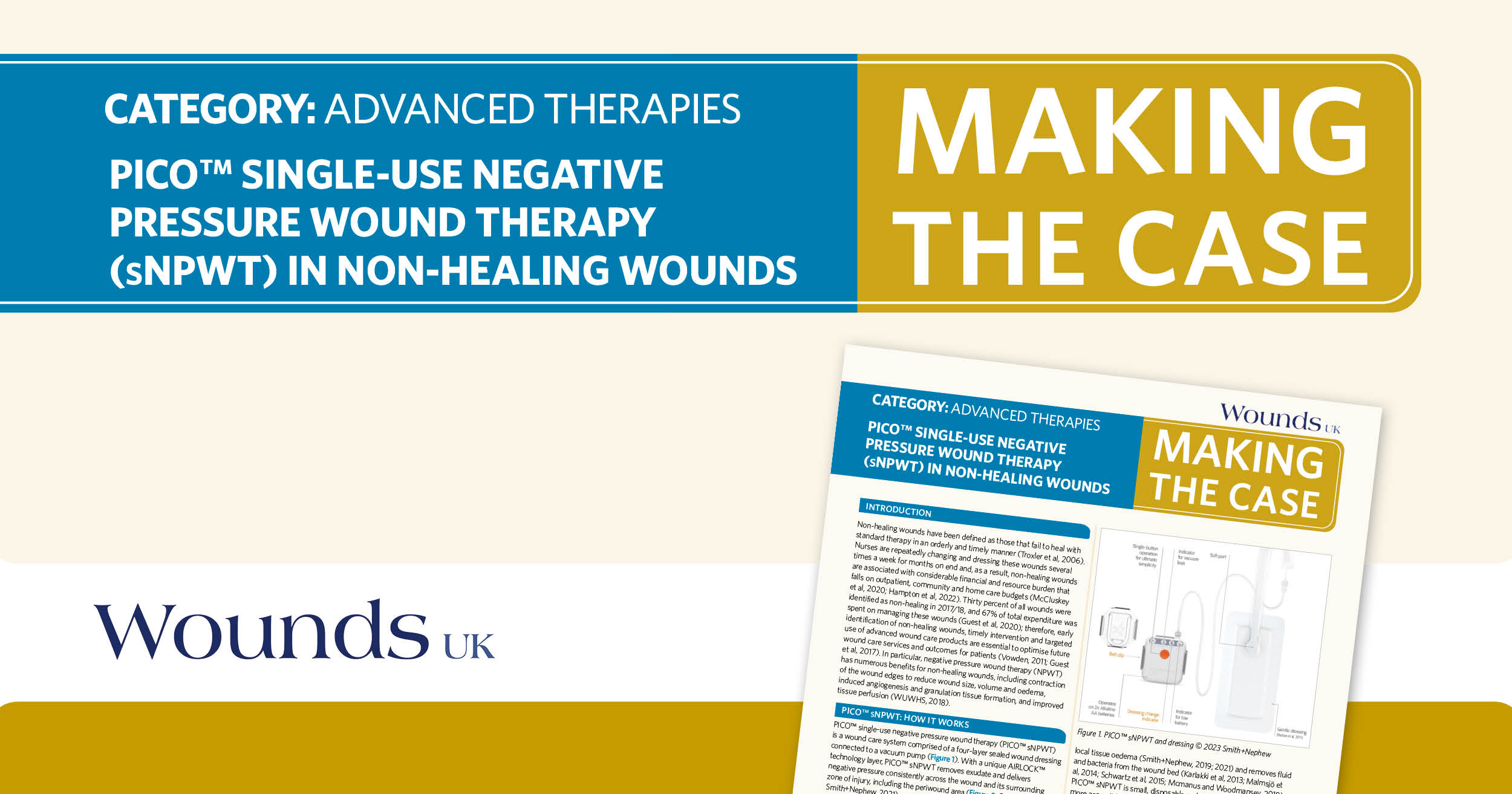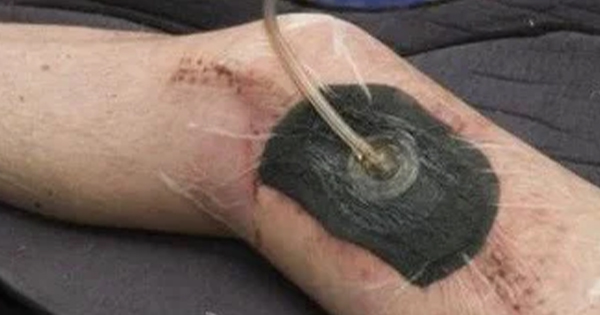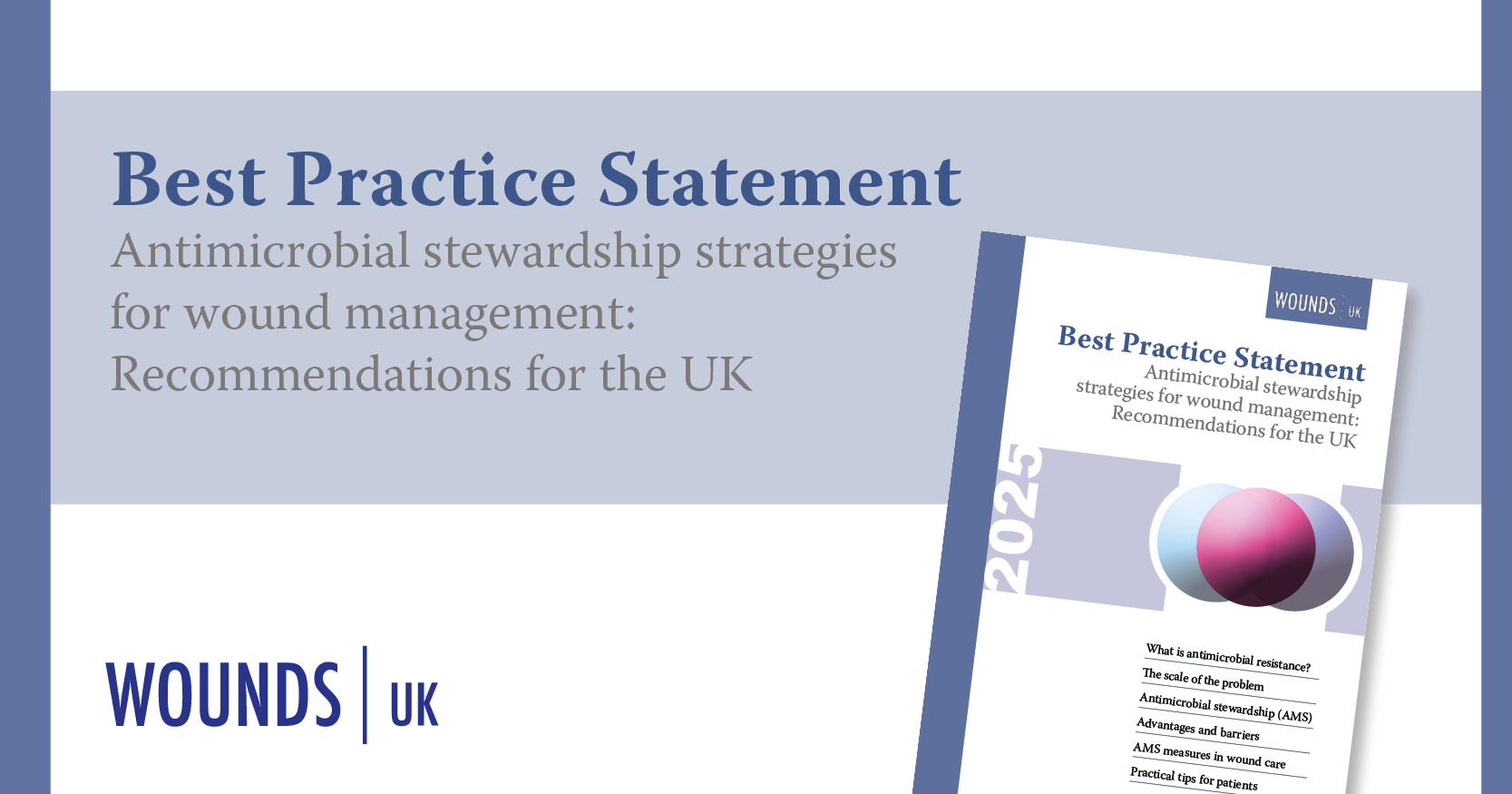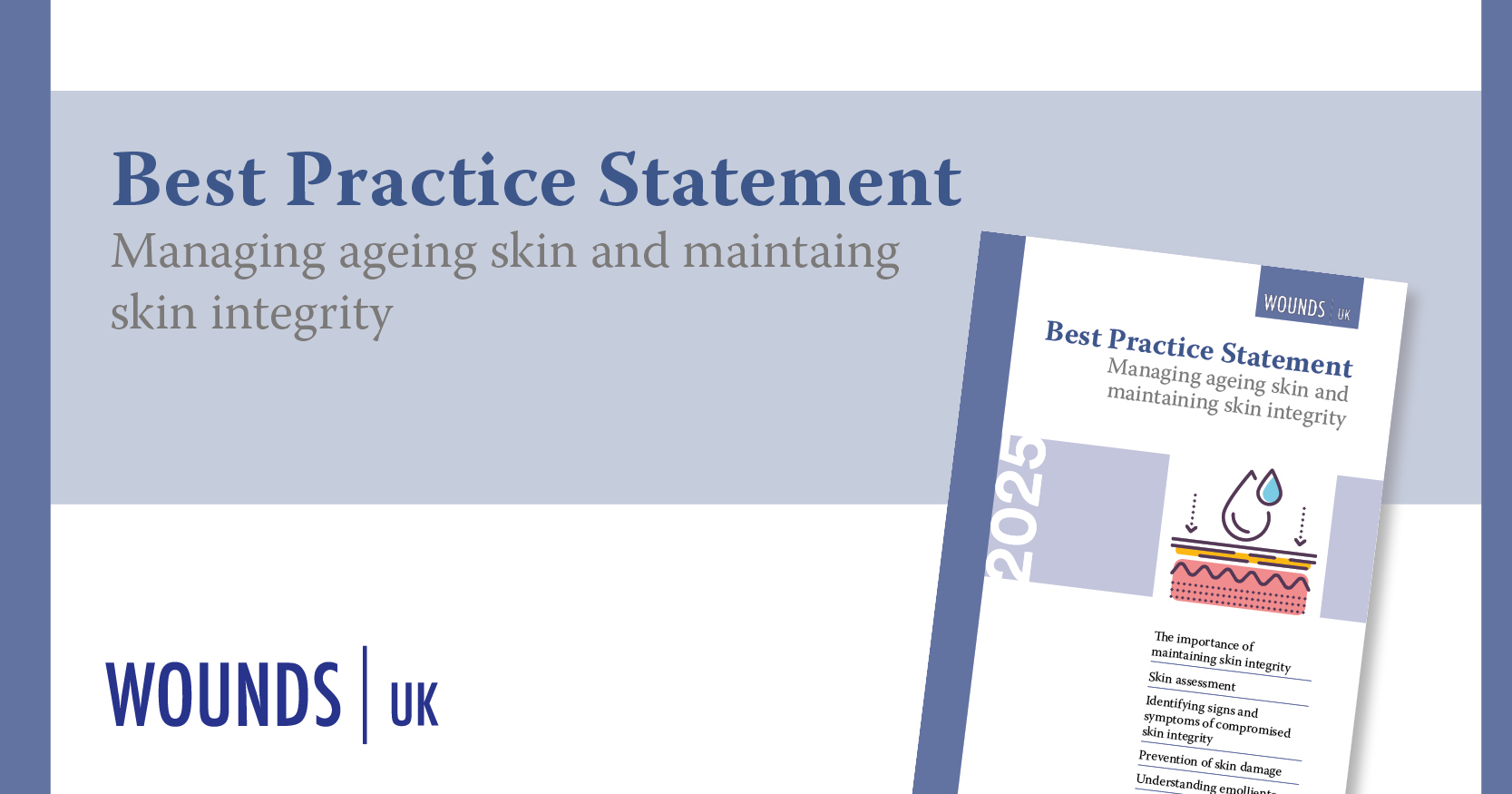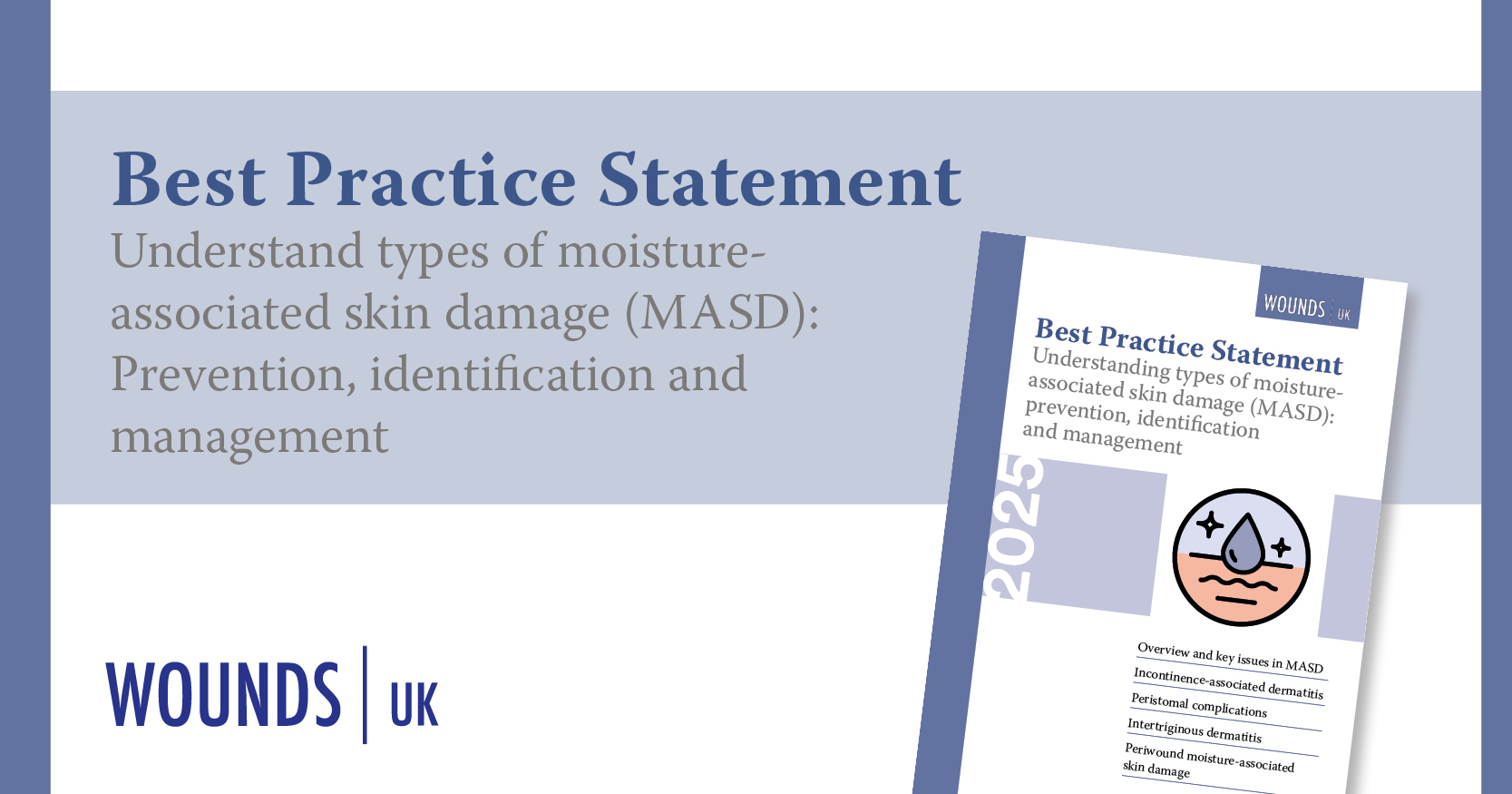ReferencesBeggs N (2018) Use of PICO sNPWT on a diabetic foot ulcer (DFU) by Podiatry. Smith+Nephew
Brownhill RV, Huddleston E, Bell A et al (2021) Pre-Clinical Assessment of Single-Use Negative Pressure Wound Therapy During In Vivo Porcine Wound Healing. Adv Wound Care 10(7): 345-56
Casey C (2019) Consistent delivery of therapeutic negative pressure levels by a single use negative pressure wound therapy system (sNPWT)* in a wound model. Paper presented at: EWMA; 2019; Gothenburg, Sweden
Dowsett C, Davis L, Henderson V et al (2012) The economic benefits of negative pressure wound therapy in community-based wound in the NHS. Int Wound J 9(5): 544-52
Dowsett C, Hampton J, Myers D, Styche T (2017) Use of PICO to improve clinical and economic outcomes in hard-to-heal wounds. Wounds International 8(2): 52-9
Guest JF, Vowden K, Vowden P (2017) The health economic burden that acute and chronic wounds impose on an average clinical commissioning group/health board in the UK. J Wound Care 26(6): 292-303
Guest JF, Fuller GW, Vowden P (2020) Cohort study evaluating the burden of wounds to the UK’s National Health Service in 2017/2018: update from 2012/2013. BMJ Open 10(12): 045253
Hampton J (2015) Providing cost-effective treatment of hard-to-heal wounds in the community through use of NPWT. Community Wound Care S14-S20
Hampton J, Meagher H, Sharpe A et al (2022) Multi-centre, international practice-based evidence using PICO single-use negative pressure wound therapy: challenging current behaviours in wound care practice. Wounds International 13(2): 46-53
Hughes J, Costello M, Belshaw M et al (2021) The burden of dehisced wounds in the community: using early results from a multi-centre service evaluation to propose a standard of care to improve patient outcomes and safeguard woundcare budgets. British Journal of Healthcare Management 27(1): 16-25
Hurd T, Trueman P, Rossington A (2014) Use of portable, single use negative pressure wound therapy device in home care patients with low to moderately exuding wounds: a case series. Ostomy Wound Management 60(3): 30-6
Karlakki S, Brem M, Giannini S et al (2013) Negative pressure wound therapy for management of the surgical incision in orthopaedic surgery: A review of evidence and mechanisms for an emerging indication. Bone Joint Res 2(12): 276-84
Kirsner R, Cyaandi D, Reyzelamn A et al (2019a). Randomized controlled trial on the efficacy and acceptance of a single-use negative pressure wound therapy system versus traditional negative pressure wound therapy in the treatment of lower limb chronic ulcers (VLU and DFU). Paper presented at: EWMA; 2019; Gothenburg, Sweden
Kirsner R, Dove C, Reyzelman A (2019b) A prospective, randomized, controlled clinical trial on the efficacy of a single-use negative pressure wound therapy system, compared to traditional negative pressure wound therapy in the treatment of chronic ulcers of the lower extremities. Wound Repair Regen 27(5): 519-29
Malmsjö M, Huddleston E, Martin R (2014) Biological effects of a disposable, canisterless negative pressure wound therapy system. Eplasty 14: e15
McCluskey P, Brennan K, Mullan J et al (2020) Impact of a single-use negative pressure wound therapy system on healing. Journal of Community Nursing 34(1): 36-43
Mcmanus H, Woodmansey E (2018) Bacterial retention within a multi-layered absorbent AIRLOCK™ Technology single use negative pressure wound therapy (sNPWT) dressing. Paper presented at: EWMA; 2018; Krakow, Poland
Olsson M, Järbrink K, Divakar U et al (2019) The humanistic and economic burden of chronic wounds: A systematic review. Wound Repair Regen 27(1): 114-25
O’Toole M (2019) Use of PICO sNPWT to promote healing in leg ulcer. Smith+Nephew
Schwartz JA, Goss SG, Facchin F et al (2015) Single-use negative pressure wound therapy for the treatment of chronic lower leg wounds. J Wound Care 24: S4-S9
Sharpe A, Myers D, Searle R (2018) Using single use negative pressure wound therapy for patients with complicated diabetic foot ulcers: an economic perspective. Wounds UK 14(4): 89-93
Smith+Nephew (2019) PICO Biomechanical Study. Internal Report. DS/19/211/R
Smith+Nephew (2020) What is PICO. Available at: https://www.smith-nephew.com/en/health-care-professionals/products/advanced-wound-management/pico-family#pico-features (accessed 16.06.2023)
Smith+Nephew (2021) PICO™ Pressure Mapping Study. Internal Report. DS/19/211/R – Part B
Troxler M, Vowden K, Vowden P (2006) Integrating adjunctive therapy into practice: the importance of recognising ‘hard-to-heal’ wounds. Available at: http://www.worldwidewounds.com/2006/december/Troxler/Integrating-Adjunctive-Therapy-Into-Practice.html (accessed 18.01.2023)
Vowden P (2011) Hard-to-heal wounds Made Easy. Wounds International
World Union of Wound Healing Societies (2018) Consensus document. Surgical wound dehiscence: improving prevention and outcomes. Wounds International

